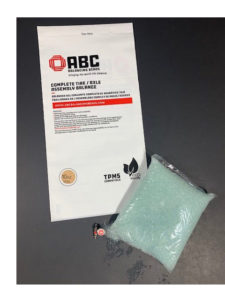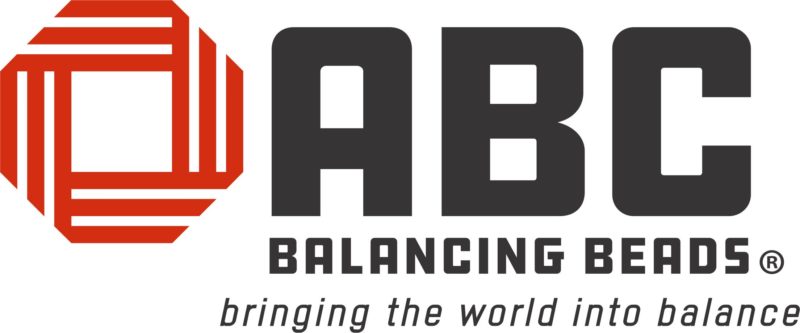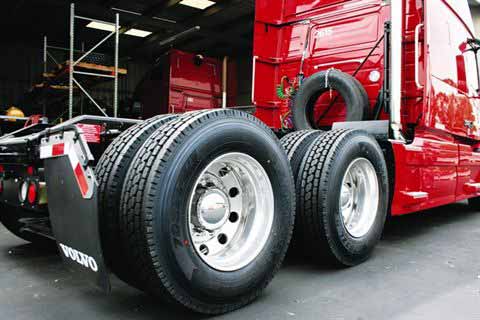All vehicle suspensions have a natural rebound frequency, or up and down motion as the
vehicle travels down the road. Truck suspensions have a natural rebound frequency of
10Hz, (600 times per minute at 60 mph). Hertz are a measurement of waves, or the up and
down motion in times per second. 10 times per second is called 10 Hz, or the up and down hop
of the suspension in this case.
An out of balance wheel or heavy spot (heavier side of the wheel) pulls up and down on the
suspension at every revolution. These revolutions are measured in revolutions per minute
(RPM).
The average commercial truck size tire travelling at 65 mph has a revolution of 10 times per
second, equaling 600 Revolutions Per Minute (RPM). At 65mph, the out of balance portion of
the wheel assembly (the complete axle end) is pulling up and down on the suspension at the
same frequency as the natural rebound of the suspensions.
The resonate coupling of these two frequencies, meaning when the heavy spot of the wheel’s
up and down motion synchronizes with the up and down motion of the rebound frequency, the
resulting inertia multiplies the out of balance portion of the wheel assembly, enough to bounce
the axle of a fully loaded truck and trailer up and down sending vibrations through the
complete vehicle.
The consequences are a substantial reduction of tire life, premature wear of suspension, wheel
and shock components and increased fuel consumption. We need to counteract these
resonating vibrations that have been shown to negatively affect the vehicle’s handling, and
maintenance costs associated with vibration related repairs.
A STRONG VIBRATION AFTER HITTING A BUMP is caused by the resonating rebound frequency
of the suspension and RPM of the tire and out of balance wheel assembly. The out of balance
tire at the resonating frequency will keep on bouncing forever unless the speed/RPM changes
below or above the rebound frequency. Your shock absorbers will not counteract this effect
and prevent this from happening.
The resonating frequency is in a narrow range of highway speed or RPM of the wheel assembly.
When the wheel RPM is below or above the rebound frequency of the suspension, it prevents
the resonate coupling that creates the vibration.
There is only one way to counteract this negitive effect from happening besides changing
speeds, and that is balancing the complete axle end.
NOT ALL BALANCING METHODS WILL WORK to counteract this problem.
Conventional machine tire balancing off the vehicle, only balances half the axle end. with no
consideration for the intolerance’s and imperfections of the heavy part of the brake drum and
moving components of the wheel assembly creating an out-of-balance condition.
Match mounting Tire and Rim is just that…mounting the tire and rim with no consideration for
the acceptable intolerance of the brake drum, hub and other moving parts of the axle end.
The Solution

The solution is balancing with ABC Balancing Beads, a proven technology that balances
COMPLETE wheel assemblies; that is everything that’s turning with all the intolerance’s and
imperfections being accounted for. This includes the tires and rims, the brake drum or rotors,
the hub, all balanced after being assembled as one piece.
Why it is so important to balance the complete axle end with ABC?
It only takes a minor out of balance axle end to cause major problems.
Example:
A 6oz out of balance axle end will multiply to 60 lbs. at 60 mph through centrifugal
force alone; that is like a 60 lb. hammer hitting your wheel at every revolution 600
times per minute.
When the out of balance wheel rpm reaches the rebound coupling frequency of the
suspension, this resonate coupling multiplies 10X to 600 lbs. of force strong enough
to move a fully loaded axle up and down several inches.


Recent Comments